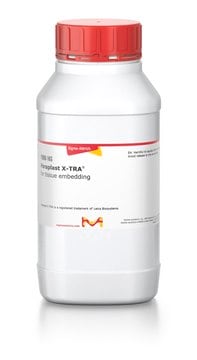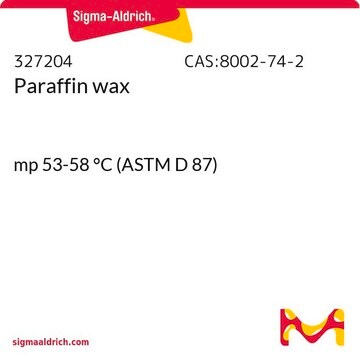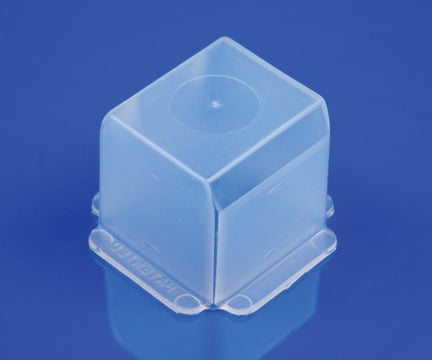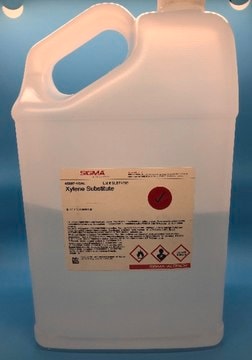P3683
Paraplast Plus®
for tissue embedding
Synonym(s):
Paraffin – polyisobutylene mixture
About This Item
Recommended Products
form
solid
mp
56-57 °C (lit.)
56-57 °C
application(s)
hematology
histology
storage temp.
room temp
General description
Application
- Paraplast Plus® has been used in the examination of vertebral specimens of Malacoraja senta.
- It has also been used in the identification and expression analysis of PIN genes in rice.
- It has been used in the study of glucose transport mechanisms in uterine tissues during pregnancy.
- It has been used to embed Bouin′s fixed carp tissues, rat ventral prostatic fragments, and common bean (Phaseolus vulgaris L.) nodules.
Legal Information
Storage Class Code
11 - Combustible Solids
WGK
WGK 2
Flash Point(F)
Not applicable
Flash Point(C)
Not applicable
Personal Protective Equipment
Certificates of Analysis (COA)
Search for Certificates of Analysis (COA) by entering the products Lot/Batch Number. Lot and Batch Numbers can be found on a product’s label following the words ‘Lot’ or ‘Batch’.
Already Own This Product?
Find documentation for the products that you have recently purchased in the Document Library.
Customers Also Viewed
nodules undergoing senescence
Related Content
Three-dimensional (3D) printing of biological tissue is rapidly becoming an integral part of tissue engineering.
Three-dimensional (3D) printing of biological tissue is rapidly becoming an integral part of tissue engineering.
Three-dimensional (3D) printing of biological tissue is rapidly becoming an integral part of tissue engineering.
Three-dimensional (3D) printing of biological tissue is rapidly becoming an integral part of tissue engineering.
Our team of scientists has experience in all areas of research including Life Science, Material Science, Chemical Synthesis, Chromatography, Analytical and many others.
Contact Technical Service

